The Holmdel Horn
• James Hedberg
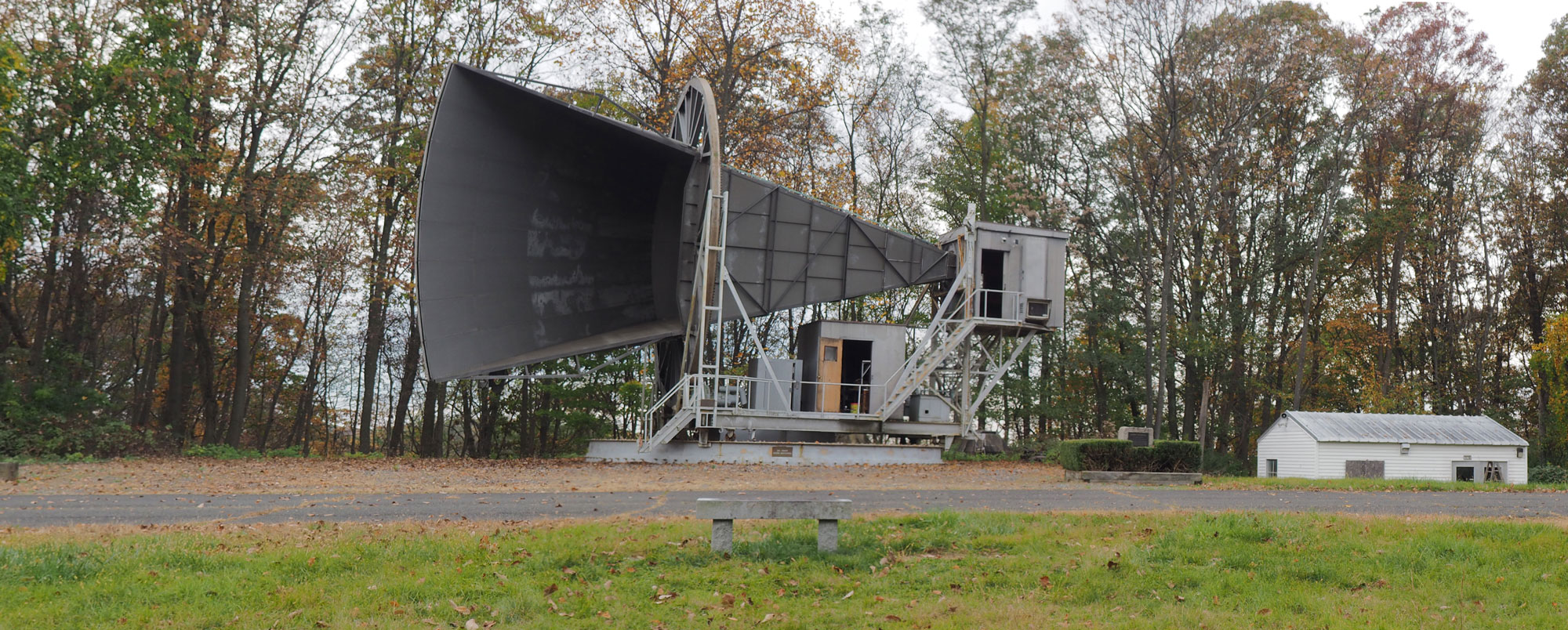
Perched on Crawford Hill in Holmdel, New Jersey, sits the derelict remains of the Bell Telephone Laboratory’s complex of instruments used in communications research in the mid 1900’s. Of particular interest among the scattered buildings and other assortments on the hill is the famous Holmdel Horn. City College physics graduate Arno Penzias, and his research partner at Bell Labs Robert Wilson used this antenna to obtain the first measurements of the Cosmic Microwave Background in 1965. This work was recognized with a Nobel Prize in Physics in 1978 and has since become the foundation for much of modern cosmology. Arno recently joined his eternal photons in the great beyond but the legacy of the discovery lives on and echos in the enormous chambers of the instruments on Crawford Hill. This page documents a recent trip we had to the site.
The Horn is located at the top of Crawford Hill, which is conveniently the highest point in the whole of the Monmouth County. During the years when it was active, the trees surrounding the dishes and other instruments where not present, giving a clear view in all directions.
The horn itself is really just a segment of a parabolic shaped dish. Waves will enter the chamber and be channelled down to the center of the imaginary parabola, where a small, box shaped control room is situated ready to collect the goods.
Inside the room are the remains of various parts of the instrumentation controls. This part here is the end of the actual antenna. This is where the incoming signals would be delivered to the instrumentation.
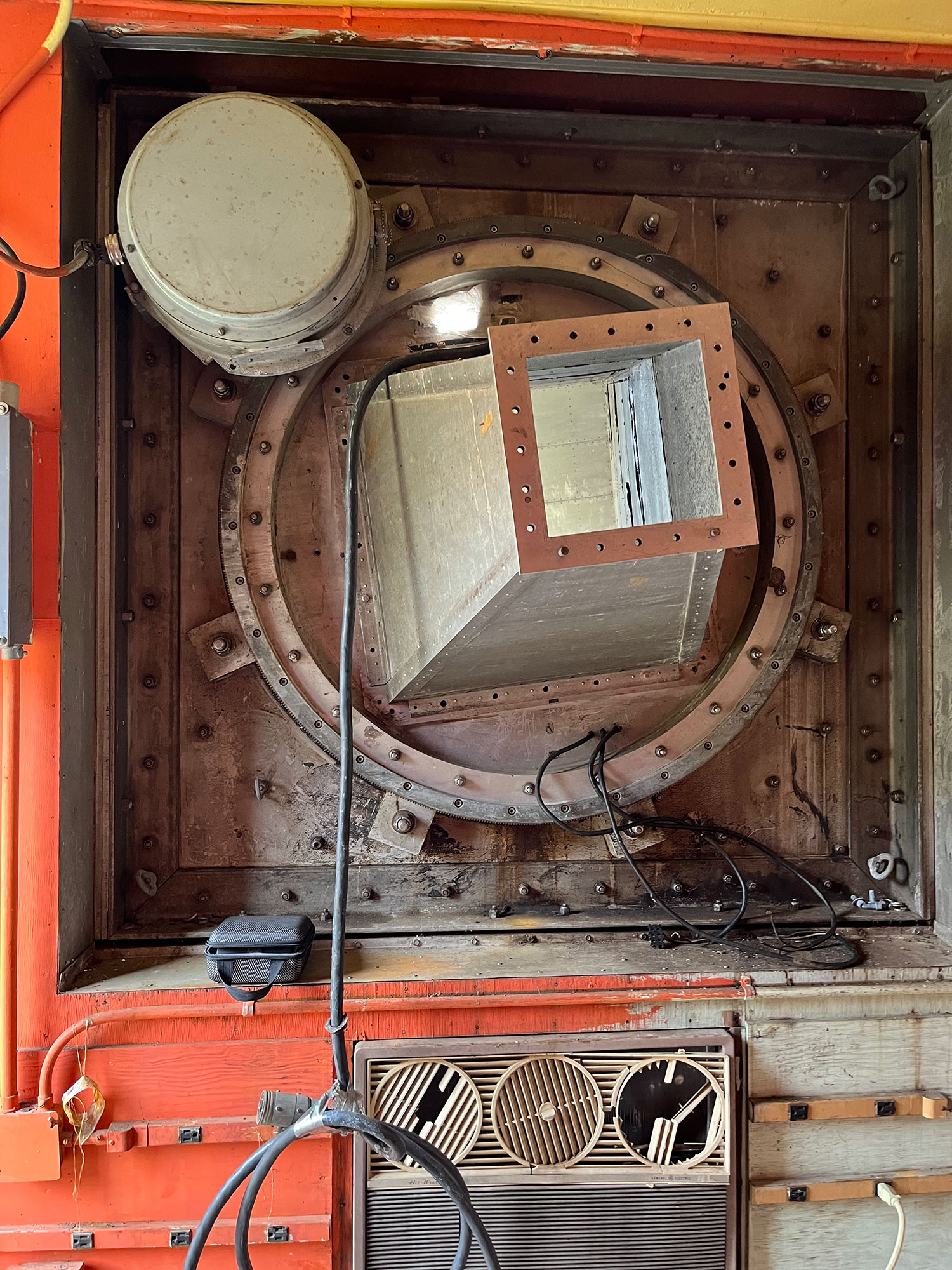
There are still some artifacts of the experiments in the room.

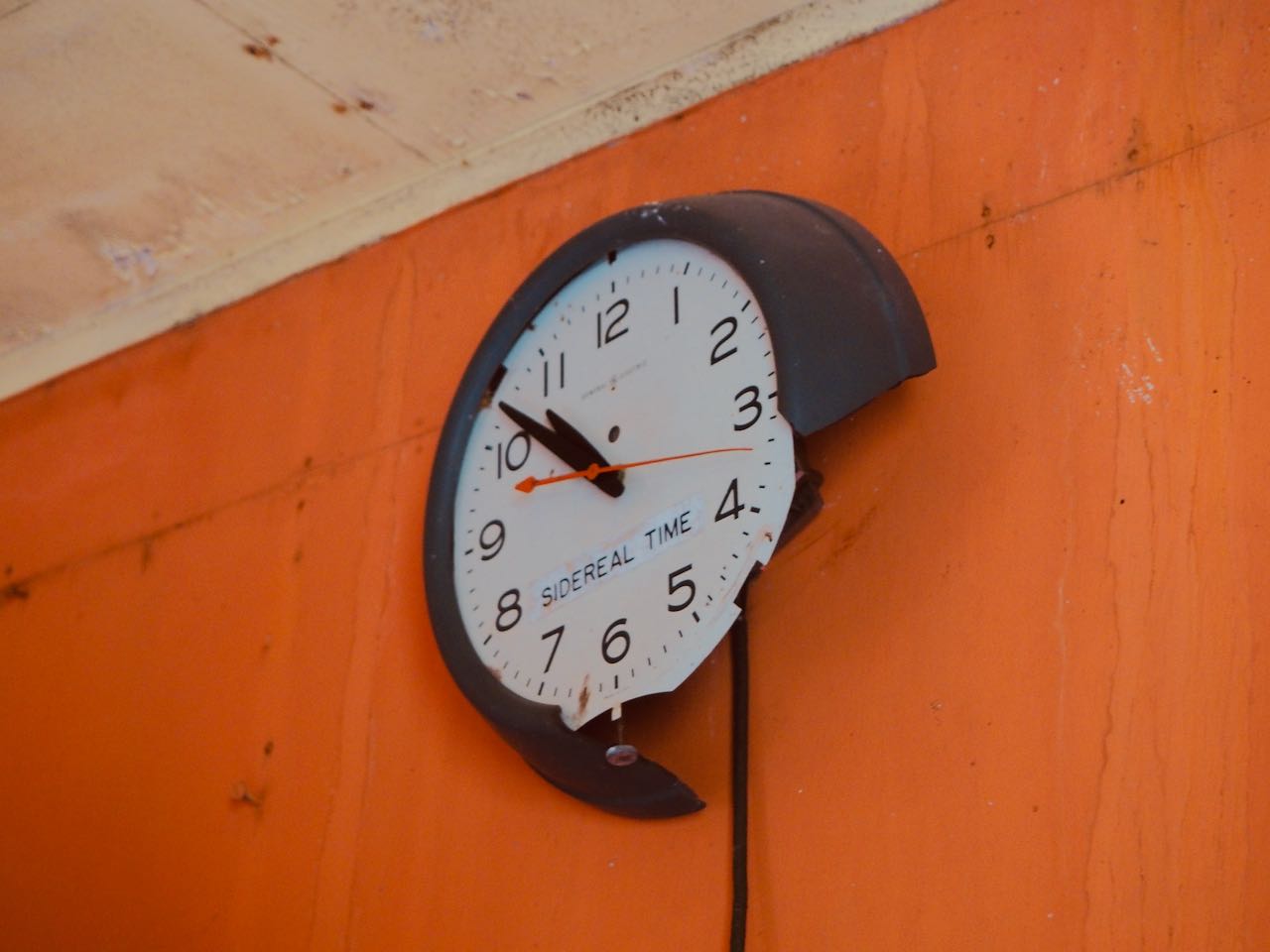
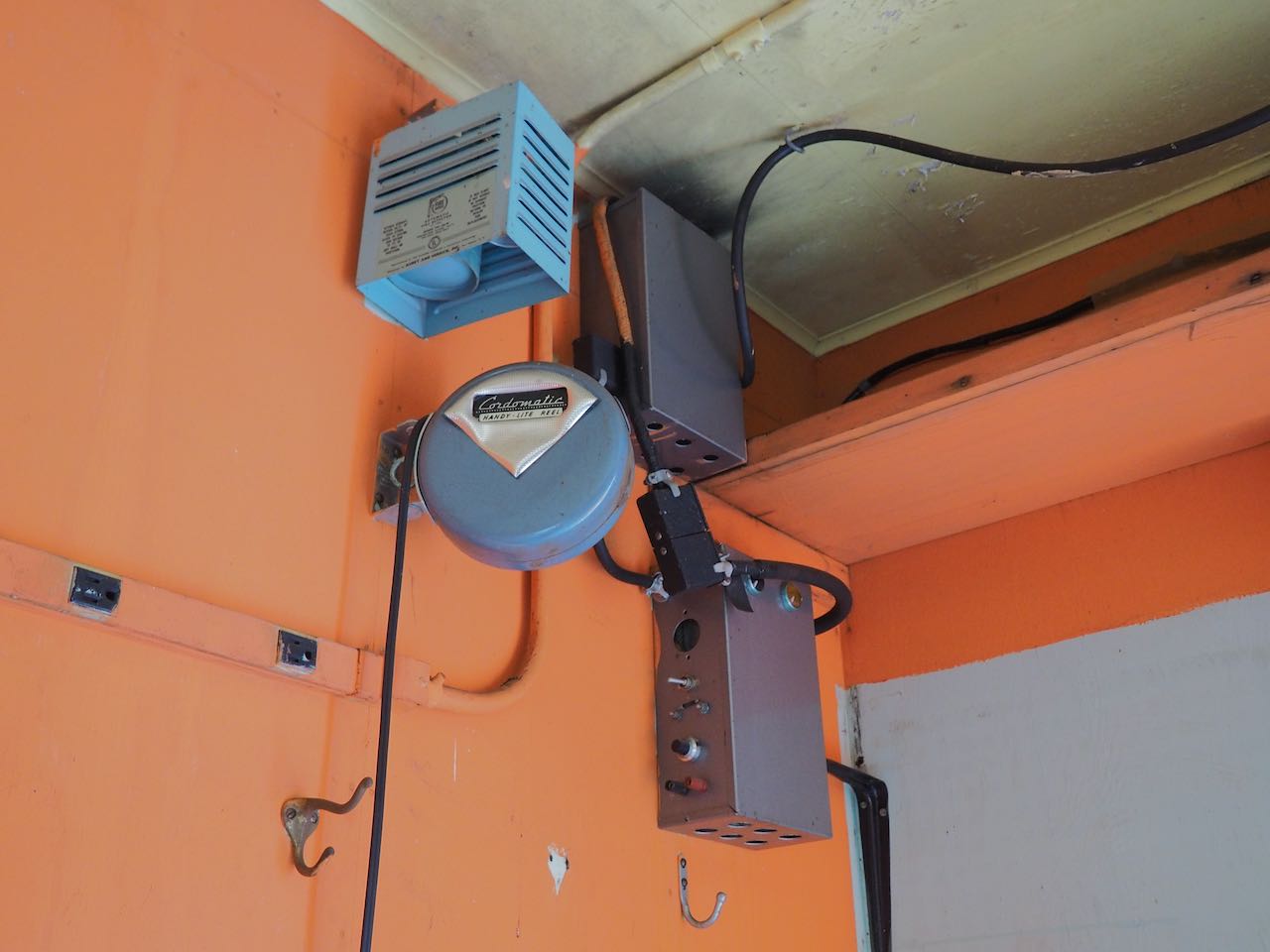
There are some parts of an analog computer that was used to ‘calculate’ how the horn should be pointed.


Lastly, here’s a 360 view of the control booth.
Thanks to our friends at AMNH Astro, Brian and others, who organized the tour. And thanks to Robert Wilson who lead us through the site and shared the history of it all.
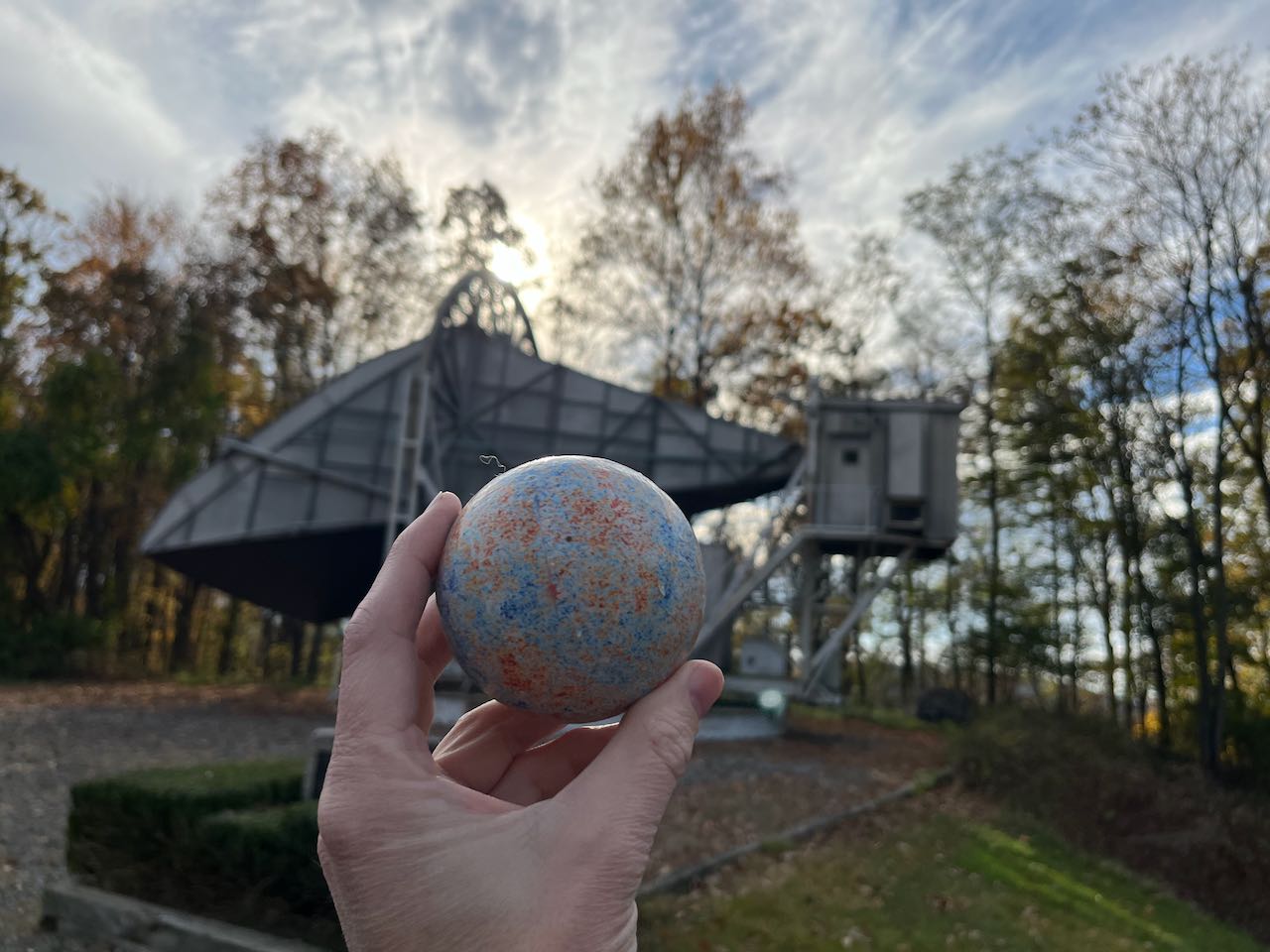
About the author
Dr. Hedberg studied the ancient cosmologies of Ptolemy, Tycho, and Kepler as an undergrad at St. John’s College (Santa Fe) as part of the Program’s Mathematics tutorial, though the college didn’t have this beautiful tool when he attended there. Since then, his work in programming and science visualization sometimes takes delightful detours into the past, present and future.
Label your axes!
— James Hedberg (@jameshedberg) March 12, 2022
A little Saturday Fun #sciviz showing a plot of stars in Orion, both in real space (i.e. RA & Dec) and then lerped into an HR Diagram (T_eff & M). Done with #p5js #astro101 pic.twitter.com/mW2SQVLwOz